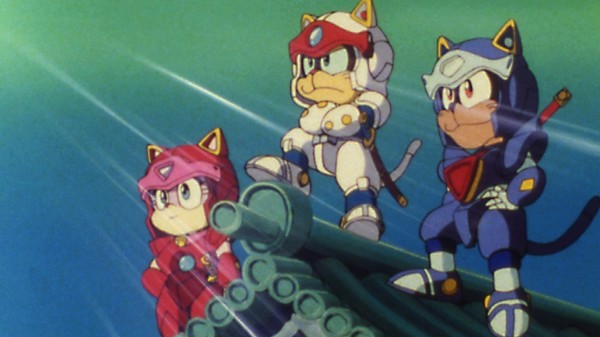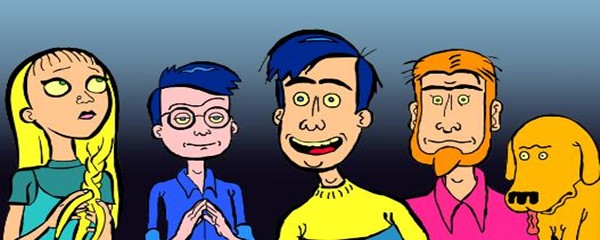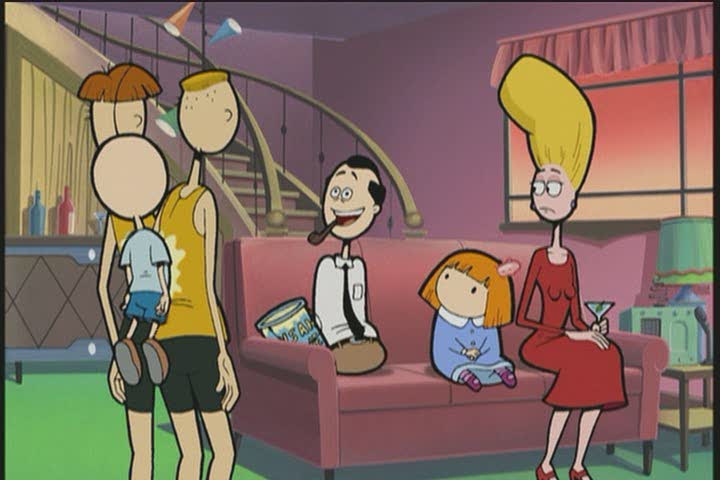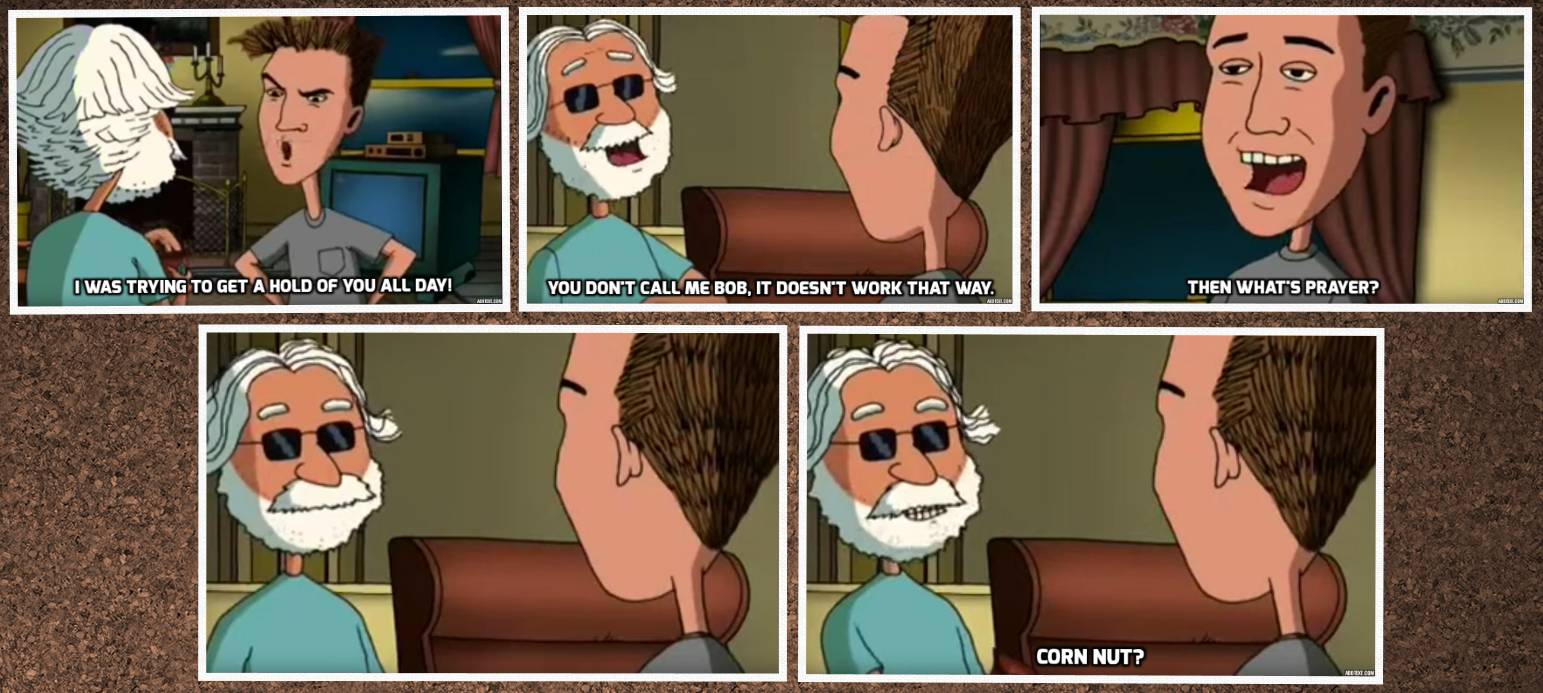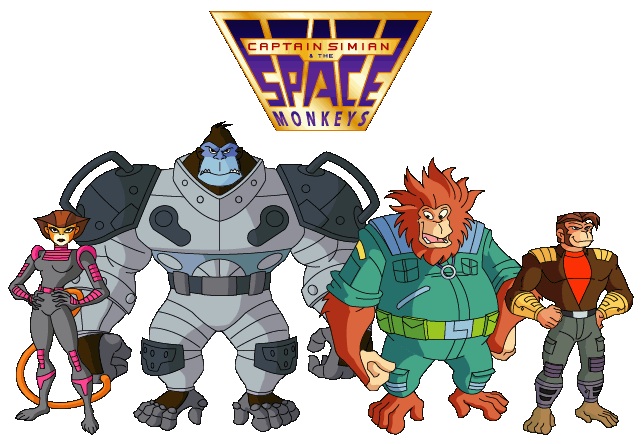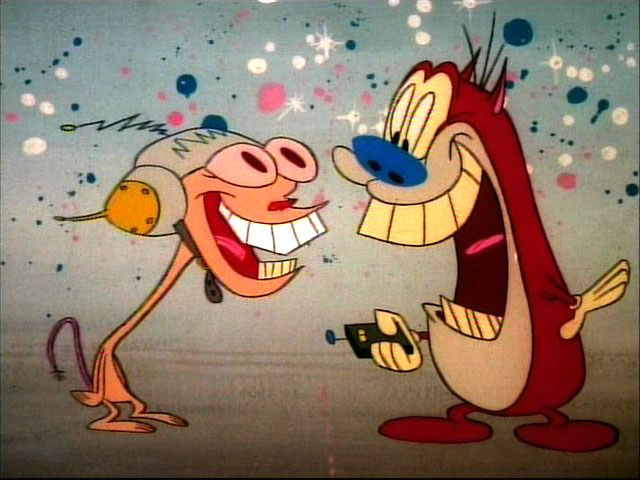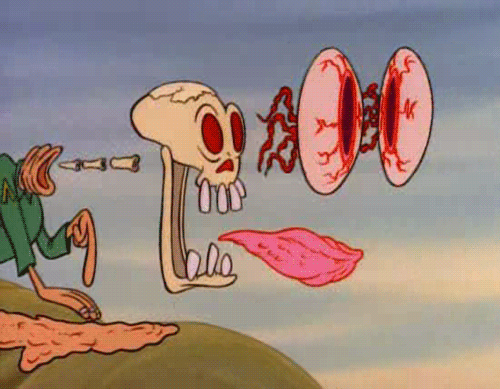“Marsupilami” Created by Andre’ Franquin; Directed b;y ;Bob Hathcock and Ed Wexler; Written by; John Behnke, Rob Humphry, and Jim Peterson; Starring Steve Mackall, Rene Auberjonois, Dan Castellaneta, Jim Cummings, Steve Landesberg, Tress MacNeille, Jason Marsden Frank Welker, and Samuel E. Wright; Run time 22 minutes.
“Marsupilami” got its start as a side character in the Franco-Belgian comic book “Spirou” creatd by Andre Franquin. The species made regular appearances in the book until Franquin quit working on it. Then they went dormant only to be revived decades later when a spin-off series of comics was created. This served to keep the character alive long enough to hit the cartoon boom of the 1990s.
The name is a combination of the words marsupial, pilou (the name of a character the creator loved), and ami (the French word for friend). The character entered into the minds of modern adults (I use that term lovingly) in the nineties when we were kids and when Marsu Productions created an animated series.
The show premiered as a part of Raw Toonage in 1992 and later on CBS, it ran until 1994. Along with the central episodes, of which there were thirteen, the show also featured shorts with either Marsupilami or side characters Sebastian the Crab (of “The Little Mermaid” fame) or Shnookums and Meat. The latter eventually got their own spin-off series that premiered in January of 1995.
The show took place in an undisclosed tropical jungle that the creator stated was in South America, though the series included species that are native to Africa, suggesting that at least this iteration takes place in a fictional amalgamation of all jungles.
Each episode features the titular character solving some problem that may involve either natural predators or human interlopers. The tone of the show feels similar to more modern fare, specifically “Wild Kratts” which features two humans in a wild setting solving some problem using animal powers. Replace the humans with a mostly mute marsupial and you’ve got “Marsupilami.”
The series fits nicely beside other environmentally conscious shows like “Captain Planet and the Planeteers” and “FernGully: The Last Rainforest” which also gained popularity in the nineties. Though “Marsupilami” was more subtle with its message, couched more in generally inoffensive children’s programming territory.
The series always stuck with me not because of the situations but because of the uniqueness of the central character. It appeals to children because the colors are bright, the characters are interesting, and most of the story is shown through action, not dialogue, making it easy to follow for kids who maybe haven’t developed strong communication skills just yet. This makes it perfect viewing for both kids and adults and serves as a testament to why the show has endured in the public psyche.
Long live Marsupilami. Houba houba.
